LED Strip
Updated: 6/28/2025 Words: 0 words Reading time: 0 minutes
In the previous section, we learned how to control RGB LEDs to produce different colors. In this section, we will learn how to use LED strips to combine different colors and effects.
Preparation
Hardware
| Hardware | Description | Image |
|---|---|---|
| Creative Box Platform | 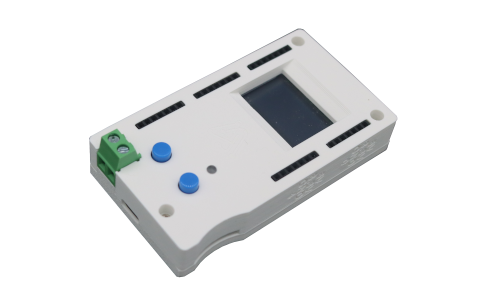 | |
| Power Signal Module | Included with Creative Box purchase | 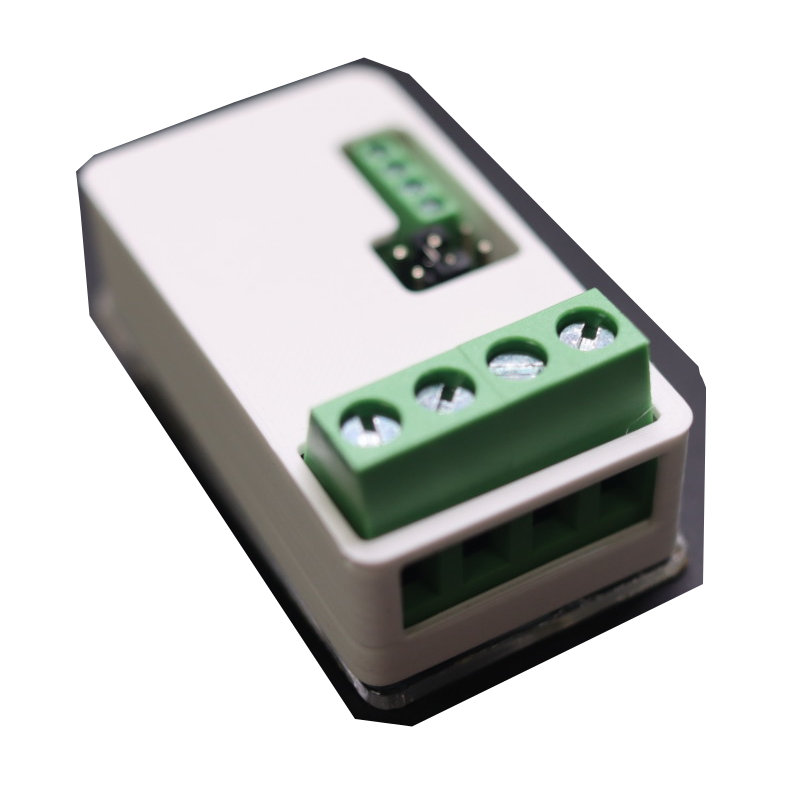 |
Choose one of the following LED strips
| Hardware | Description | Image |
|---|---|---|
| WS2812 LED Strip | Taobao Purchase Link, You can control the color of each LED on the strip | |
| WS2811 LED Strip | Taobao Purchase Link, You can control the color of each LED on the strip |
Software
| Software | Link | Description |
|---|---|---|
| LED Strip Controller | Link | Official frontend application, can be directly loaded and used through the console. |
Video Tutorial
WS2812 LED Strip
Power Signal Module
Connection
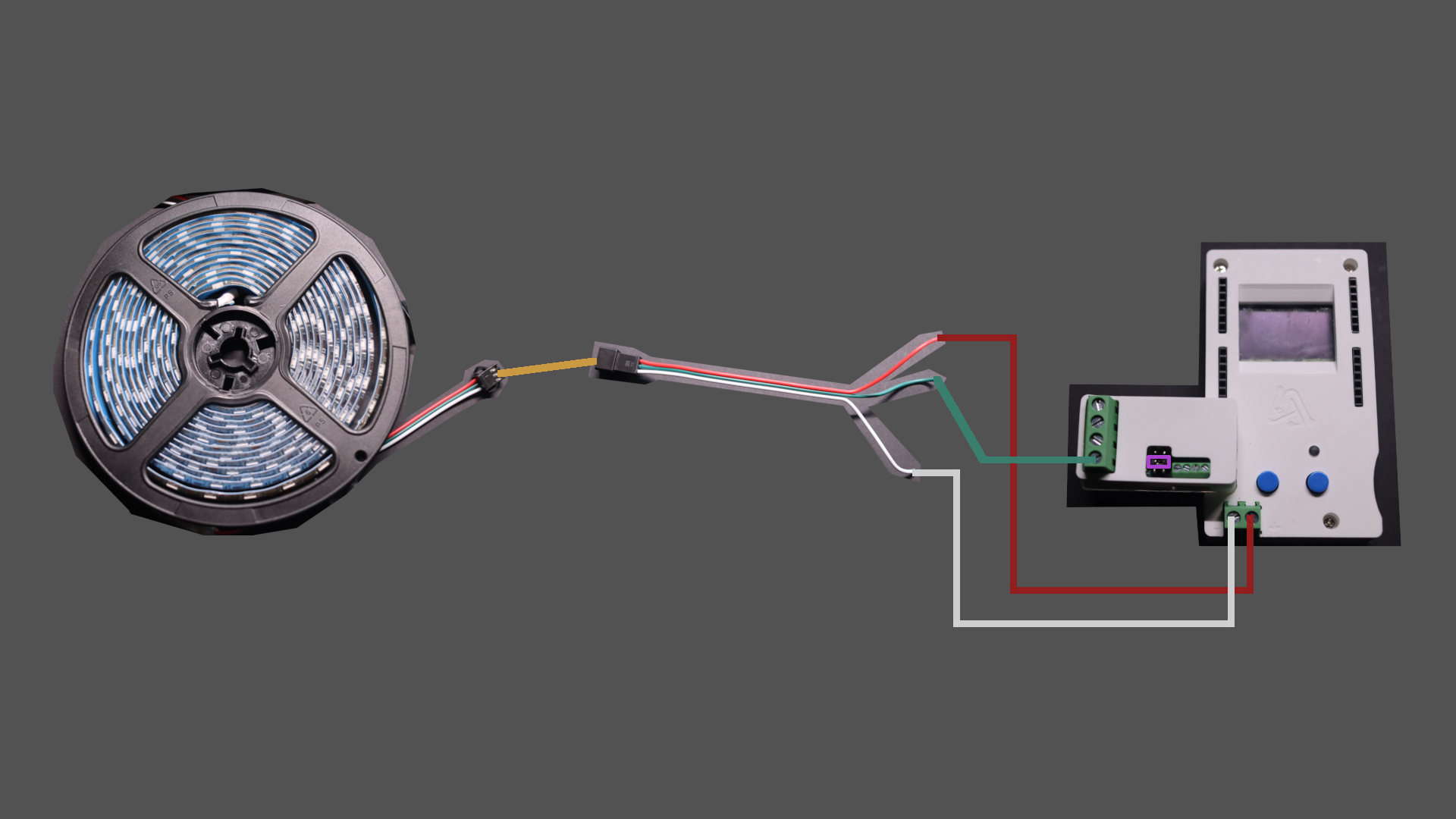
| Connection |
|---|
| Insert the power signal module into any header on the Creative Box, the diagram shows platform pins 8-11 |
| ▀ Connect the positive red wire of the connector to the platform terminal output positive |
| ▀ Connect the negative white wire of the connector to the platform terminal output negative |
| ▀ Connect the green signal wire of the connector to the signal output port of the power signal module. The signal port in the diagram corresponds to platform pin 8 |
| ▀ Adjust the jumper cap to 5V output position |
| ▀ Connect the connector to the LED strip |
Usage
Open the Creative Box console and load the LED Strip application from the lighting applications. Enter the application, select the pin number where the Creative Box connects to the signal output. Select the number of LEDs and lighting theme. Click the set button to turn on the LED strip.
| Creative Box Console | Set Output Voltage | Load Application | Enter Application and Control |
|---|---|---|---|
 |  |  | 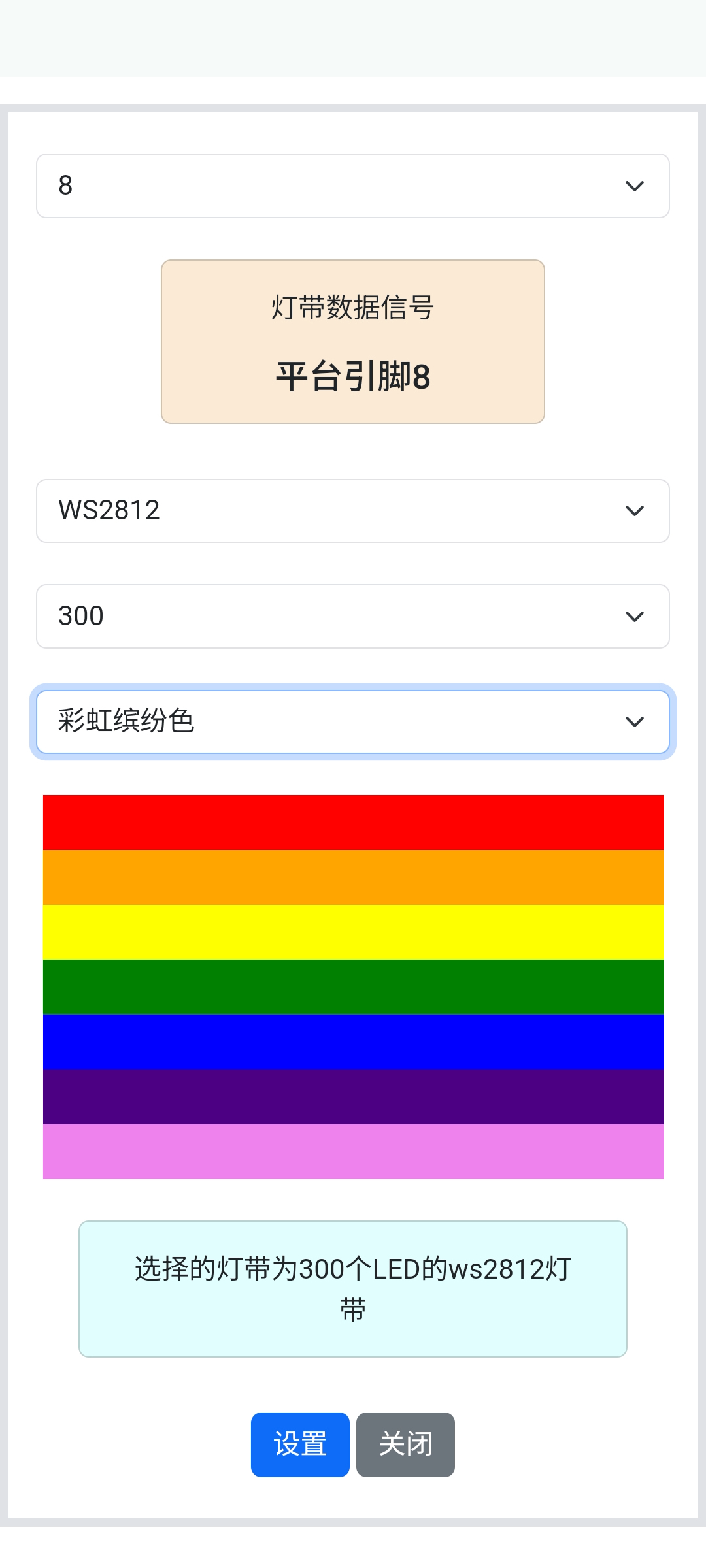 |
Principle
Reference Datasheet Downloads
| Datasheet Download | Link |
|---|---|
| WS2812 | Link |
| WS2811 | Link |
WS2812
WS2812 is an intelligent LED driver IC that integrates control circuits and RGB LEDs, commonly used in LED strips, pixel screens, and other scenarios. It integrates PWM controllers, signal decoding circuits, and RGB LEDs in one package. Each WS2812 contains 3 independent LED driver channels (red, green, blue), with 8-bit PWM per channel for controlling 256 brightness levels.
Communication Protocol
WS2812 is generally powered by 5V and uses single-wire serial communication, transmitting data through high and low level timing.
When the signal is high level 0.35µs + low level 0.8µs, this signal represents a 0 code; when high level 0.7µs + low level 0.6µs, this signal represents a 1 code. When low level lasts more than 280µs, it marks the end of the data frame.
Through 0 codes and 1 codes, brightness information for red, green, and blue can be sent to WS2812, which then displays the corresponding color.
Each LED's color and lighting effects can be controlled individually. This type of strip can achieve special effects like flashing patterns, color whirlpools, and rainbow ribbons.
Detailed information can be found in the WS2812 datasheet. The communication protocol information in the datasheet is as follows:
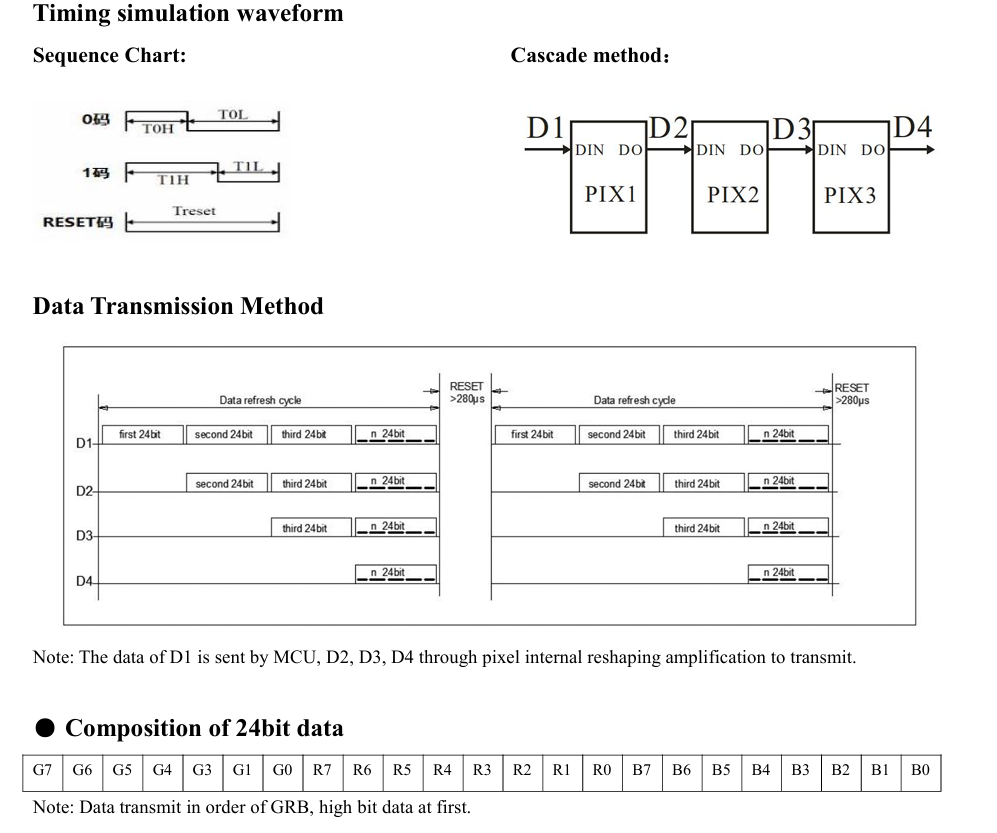
Cuttable Design
LED strips are usually sold in roll form, with metal contact pads marking each small segment, allowing you to cut them to the required length according to your needs. The back of the strip usually also has double-sided tape for easy installation.

Operating Voltage and Current Consumption
The number of LEDs in each segment determines the required voltage, while the length of the strip determines current consumption. This is because segments are connected in parallel. The total current value is the sum of current from all segments. So the longer the strip, the greater the current consumption.
Taking the datasheet in the diagram below as an example,

In this strip, each segment is 5cm long with 3 LEDs, consuming 60mA current. So for a 50cm strip, it would need 10 (number of segments) * 60mA = 600mA; for a 1m strip, it would need 20 (number of segments) * 60mA = 1.2A.
Of course, this assumes 12V power supply with all LEDs lit simultaneously, which is the maximum current consumption. If we use PWM for color gradients, only about half the current would be needed.
Therefore, the power consumption of LEDs on the strip is cumulative. If our strip is very long, we need a fairly good power source for sustained power supply.
 Sensor Sparks
Sensor Sparks